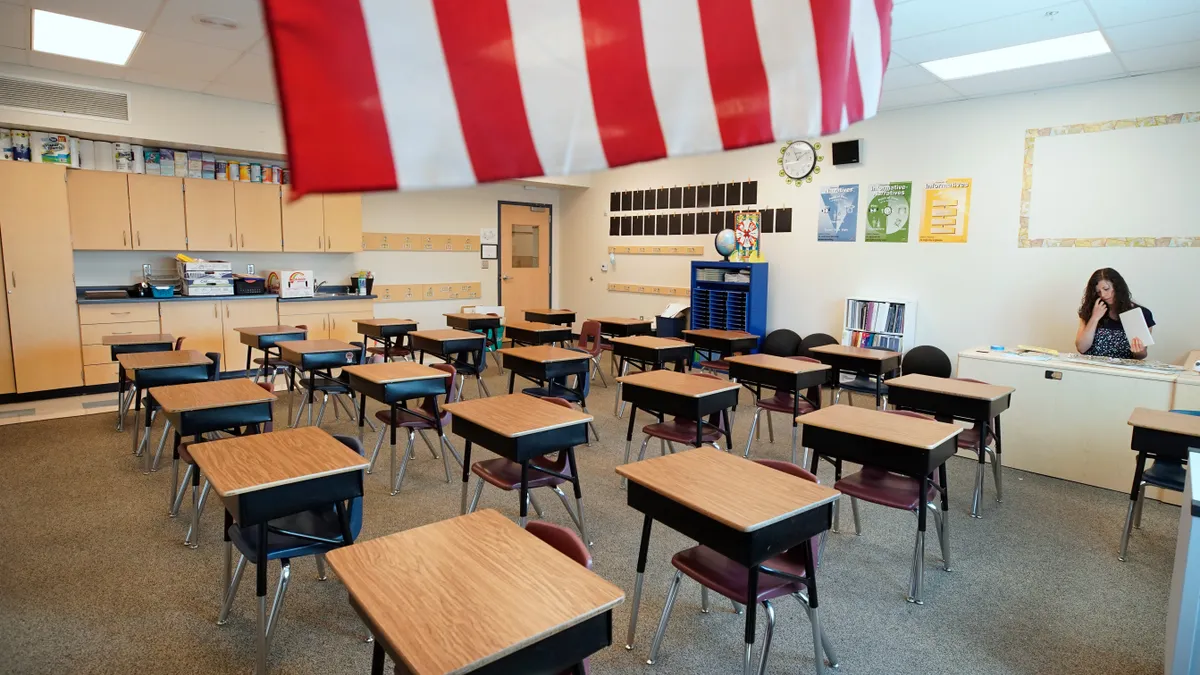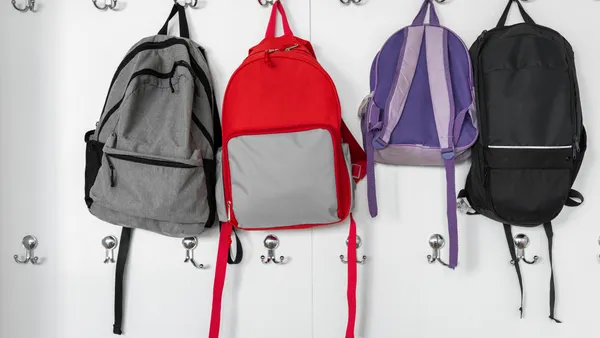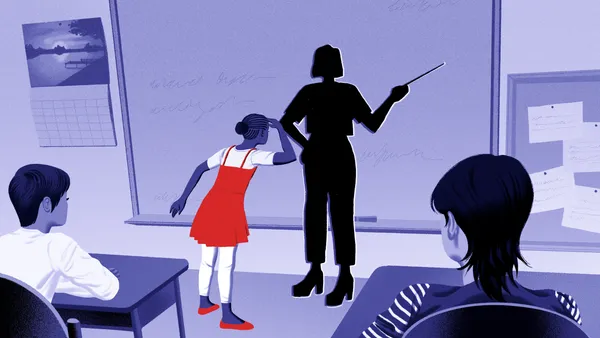As students in Hawaii return to the classroom this month, the state’s department of education has reported about 10% of the 12,000 school classrooms in the state have poor quality air ventilation.
The department said those 1,261 classrooms have limited access to natural outdoor airflow because of central air conditioning. Among these rooms, officials identified 73 across seven schools with high levels of carbon dioxide, meaning there is a greater probability of breathing in another person’s exhaled air.
Parents received letters from the seven schools, the department said. The state’s Office of Facilities and Operations will follow up to improve the air quality to “the extent possible.”
The department said it has already put in place several steps to improve air quality and help prevent the spread of COVID-19 in schools statewide, including placing 12,000 20-inch box fans in every classroom before the 2021-22 school year to improve outside air ventilation.
Ventilation can help prevent airborne viruses, such as COVID-19 from spreading. Schools are also beginning to relax other COVID-19 mitigation strategies, such as indoor mask requirements.
Schools in Hawaii also received air cleaners. On top of that, the department bought 600 carbon dioxide sensors to help schools continue assessing air quality in their classrooms.
"Carbon dioxide readings are only one type of measurement for ventilation. Air purifiers, which we’ve made available to schools throughout the pandemic, do not bring carbon dioxide levels down but help to improve indoor air quality,” said Hawaii Superintendent Keith Hayashi in a statement. “Box fans that have been distributed for all classrooms in every school also increase ventilation."
In June, the Centers for Disease Control and Prevention released a survey of 420 schools that found higher-cost strategies to improve air quality, such as replacing or upgrading HVAC systems, were less likely to be implemented than simply opening doors or windows of a school building.
The Biden administration is encouraging schools to use Elementary and Secondary School Emergency Relief funds to improve air quality. Additionally, $500 million of the Build Back Better Act, a bipartisan infrastructure law, has been allocated to help upgrade public school facilities to be more cost- and energy-efficient.
But many schools have aging infrastructures. Data from the American Society of Civil Engineers shows about 41% of schools reported facing issues with their HVAC systems in 2021.







 Dive Awards
Dive Awards



